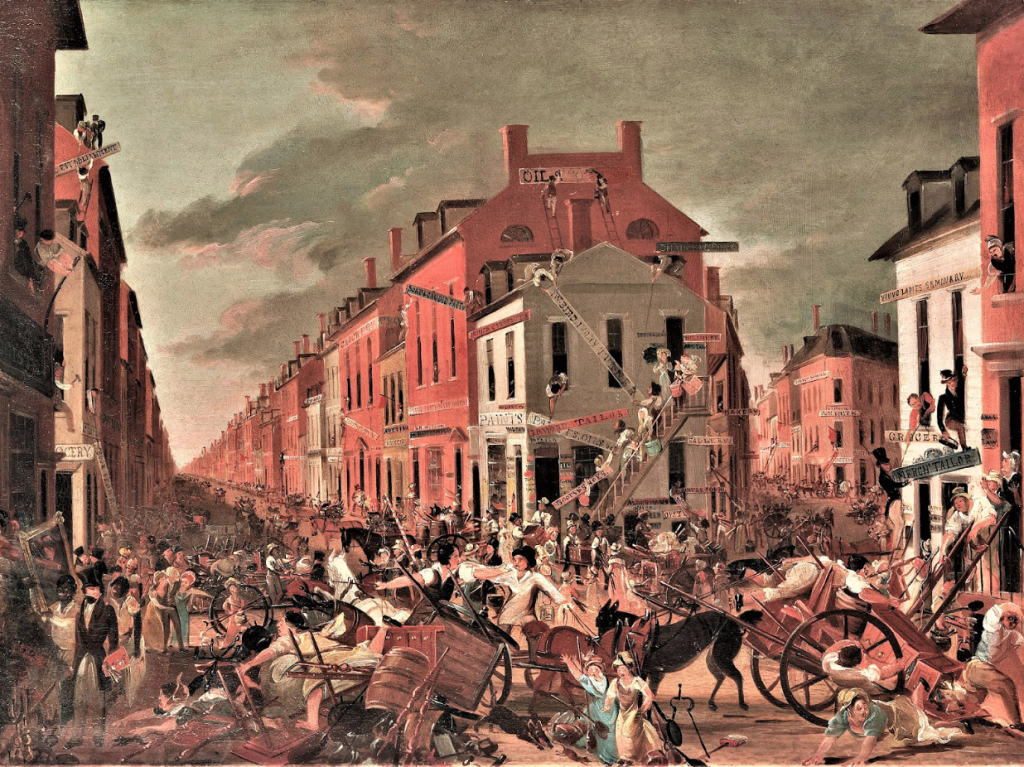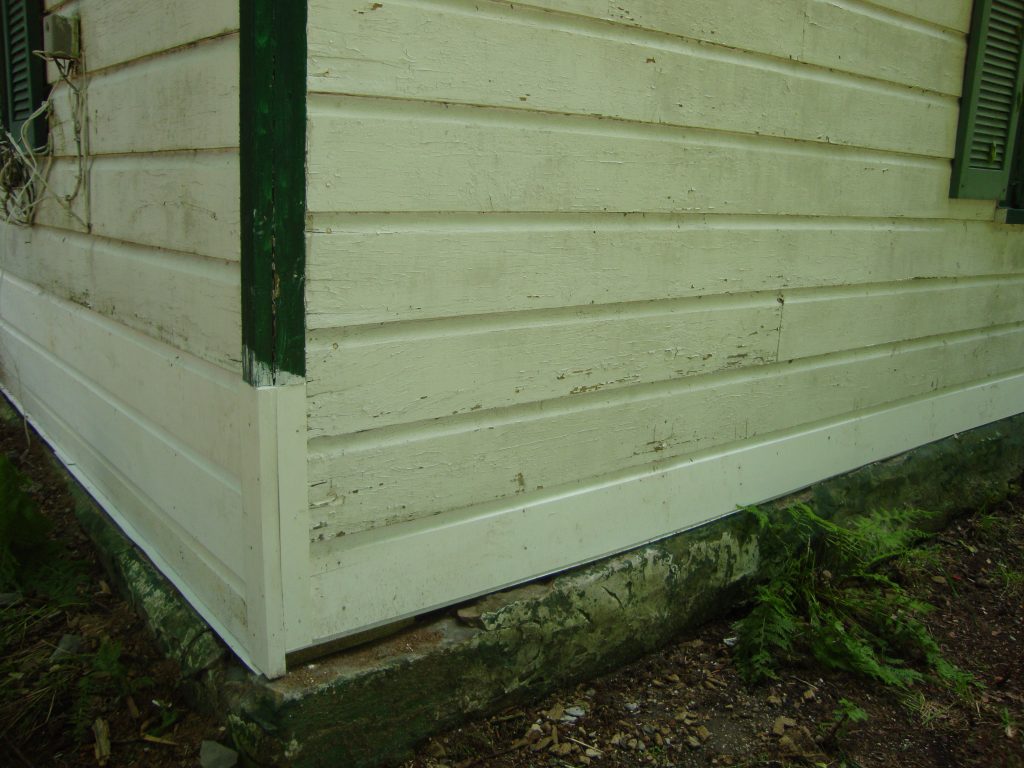Have You Considered Using This Ancient Paint Technology to Give Your Old House a Fresh Start?

Time for a little spring cleaning? May is a time for fresh starts – planting a garden, hitting the trails, opening the windows and letting the air in. The idea of “spring cleaning” goes back millennia and makes particular sense in the 19th-century context of homes lit with oil and heated by wood or coal. Residents couldn’t wait to purge the winter build-up of soot.
The tradition feels synonymous in spirit with another historical custom – “Moving Day”. In New York City, from Colonial times right up until the mid-1900s, residents would spend the first few weeks of spring looking for housing deals before their leases expired on May 1. And then everyone would move all at once, causing temporary chaos as a prelude to starting over.
Houses have seasons, and it’s important to pay attention to the natural rhythm of the year. As home stewards in it for the long haul, we can’t do everything at the same time, so we have to figure out what makes sense when.
All of which serves to introduce an apt topic for May…painting your house!
A recent lively discussion on Instagram – sparked by a post I made about paint colors – inspired me to dig deeper into paint types. Thanks to Tina Reichenbach of Richbrook Conservation and Julio Acevedo of Eloquent Touch Project Management, I have been learning about linseed paint as a radically traditional (meaning, it’s so ancient as to have been almost forgotten yet so effective as to have persisted and now seem almost revolutionary) alternative to modern “plastic” (that is, petroleum-derived) paint.

To listen in on our conversation about Julio’s adventures in using linseed paint on his stunning 1870s Carpenter Gothic house, visit my YouTube channel. Michiel Brouns has also created some fascinating resources, including his book, Linseed Paint and Oil: A Practical Guide to Traditional Production and Application, and company website with video tutorials.
Here are a few things I’ve gleaned so far.
Linseed paint, in use for thousands of years, is made by combining linseed oil (from flax seeds) and natural pigments. (Linseed oil appears in many old-house products including original Linoleum.)
In answer to the question, “Is linseed paint still relevant today?” Brouns points out that it is:
*unparalleled in protecting wood against rot
*incredibly durable
*naturally low in VOCs and contains no plastics
Modern paint works by forming a complete seal over whatever material it covers, protecting it from water and other elements that could cause the substrate to deteriorate. The problem is, materials like wood naturally expand and contract, eventually causing cracks that break the seal. Once water gets behind the paint, it gets to work simultaneously eating away the substrate and pushing off the paint.
By contrast, linseed paint penetrates deep into the wood, making it inherently water resistant. Instead of soaking in, water beads off. The minimal amount of water that does get into the wood is not trapped there – the linseed paint lets it evaporate back out.
Wow, just wow.
So, let’s pull this back into our May theme. Why is this a good time of year to think about painting your house?
1. Weather. Like Goldilocks, paint needs conditions to be “just right” – neither too hot nor too cold. Linseed paint is less sensitive to temperature than modern paint. Both types are similar in preferring low humidity.
2 .Winter neglect. When it’s freezing outside, I practically sprint (or trudge, head down) into my house. So, by spring, it’s been awhile since I’ve really noticed the toll that extreme temperatures, rain/ice/snow, wind, vegetation and critters have taken on the exterior. Painting forces you to inspect every crack and crevice and give them some much-needed TLC.
3. Longer days. Paint is best applied in thin layers that have time to dry between coats. So the more daylight, the more that can be accomplished in one day without rushing the process.
4. Summer is coming. Remember the fable about the ant and the grasshopper? I fantasize about spending the summer lounging in a hammock, carefree and grasshopper-like, gazing at my perfectly maintained house. (Key word = fantasy!) Still, it’s a worthy goal to have a freshly painted house to set the scene for outdoor frolicking.
Here’s to fresh starts!

KATE WOOD grew up criss-crossing the country in the family’s Volkswagen Bus, visiting house museums, battlefields, Main Streets, and national parks. Today, she is an award-winning preservationist, real estate broker and principal of the full-service historic rehabilitation consulting firm, Worth Preserving. Kate believes in the essential value of old-building stewardship to sustain community character. For her, each property is a cause and each client a fellow advocate. She specializes in matching people with properties, skilled contractors, historic tax credits and other benefits to support top-tier rehabilitation projects. For advice and solutions to help unlock the potential of your old house join My Newsletter.


